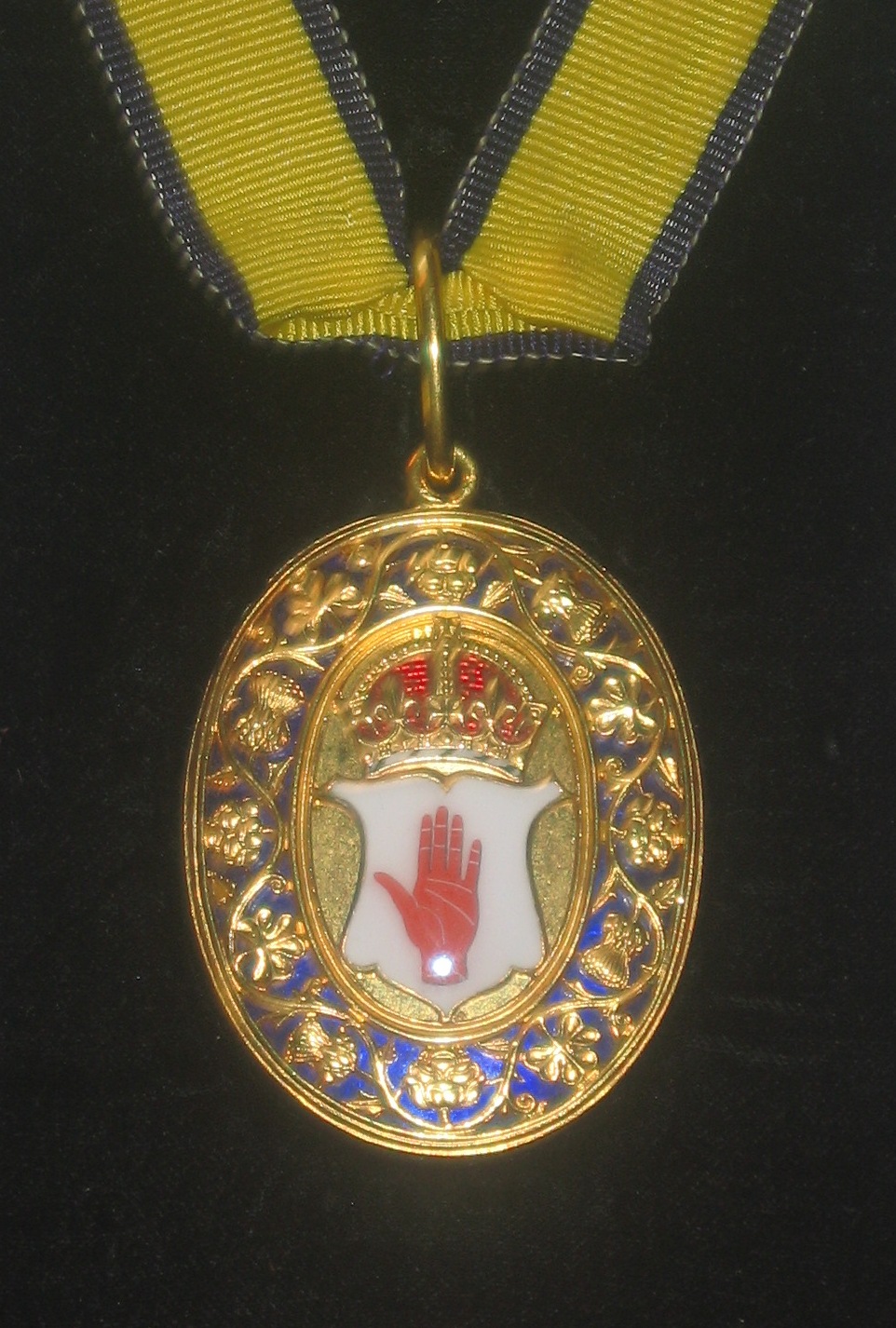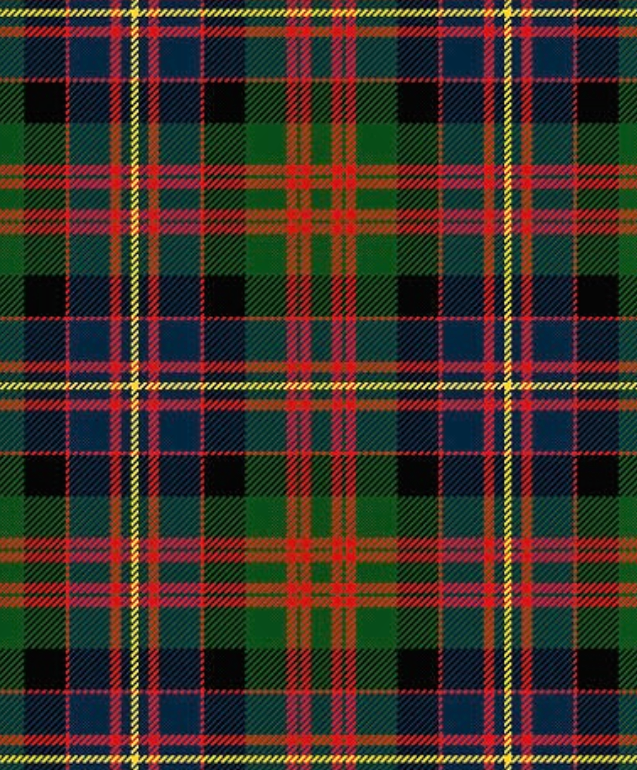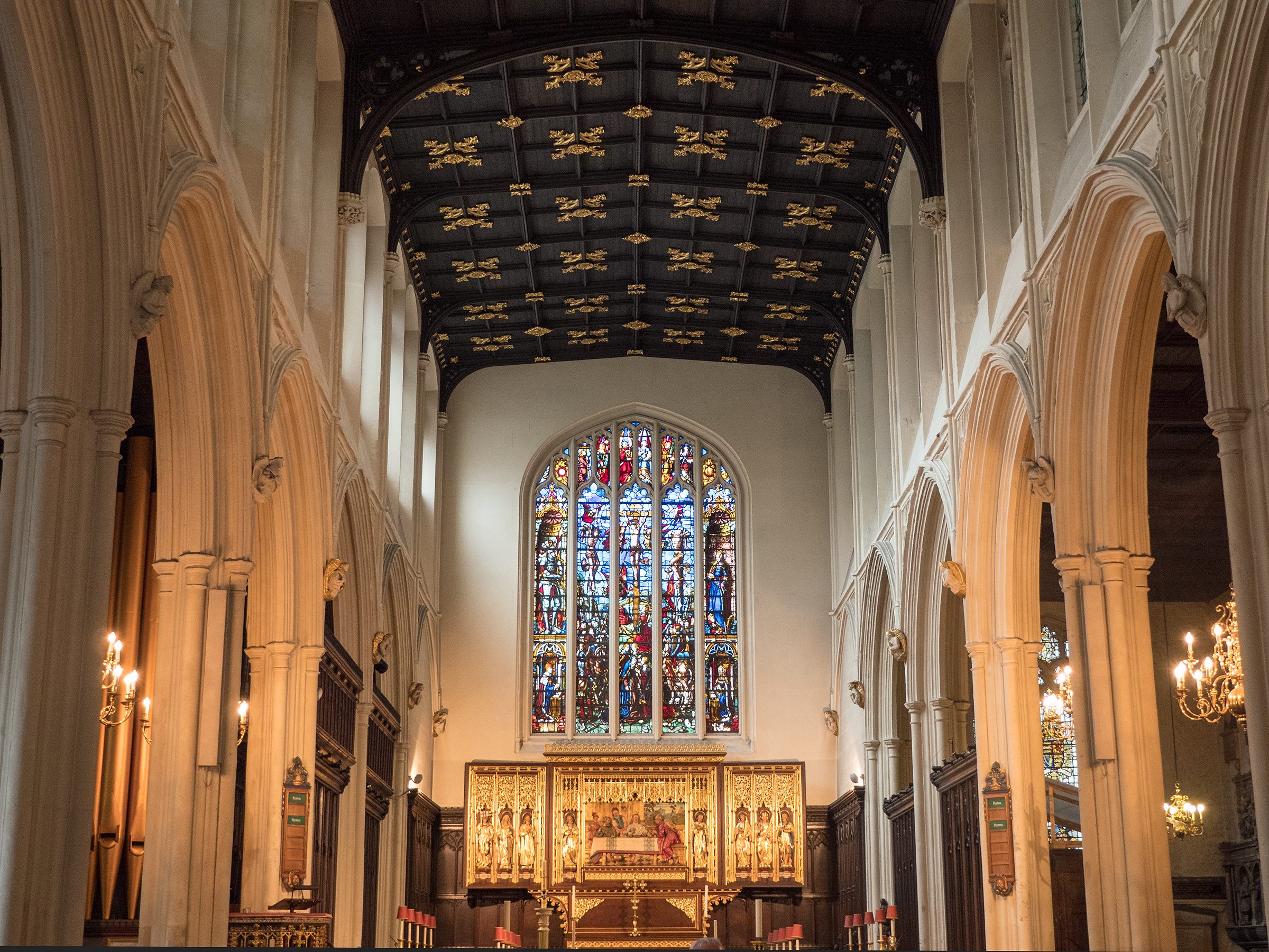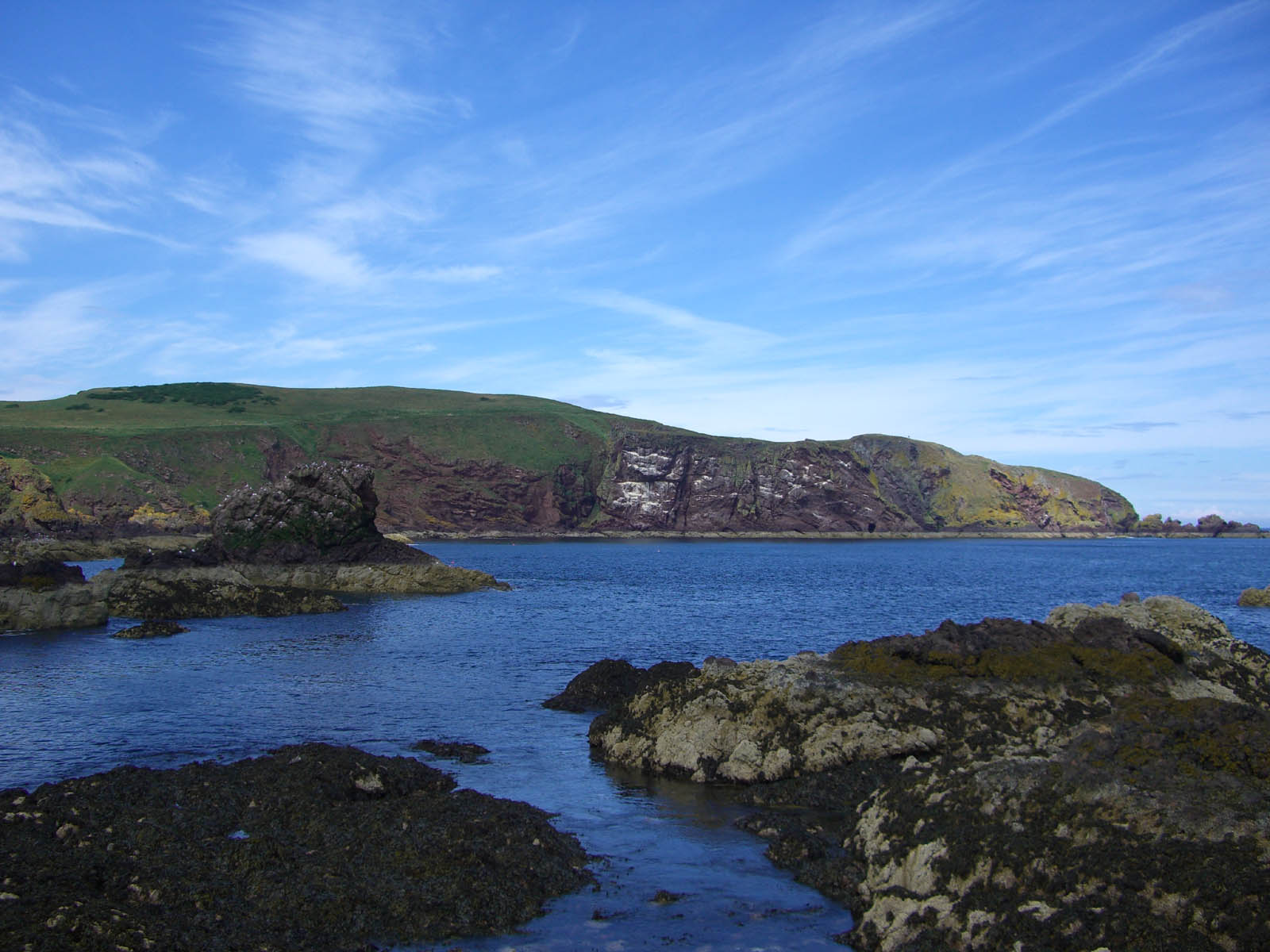|
Sir John McEwen, 1st Baronet
Sir John Helias Finnie McEwen, 1st Baronet (21 June 1894 – 19 April 1962), also known as Jock McEwen, was a British Unionist politician who served in the House of Commons as Conservative Member of Parliament for Berwick and Haddington from the 1931 to 1945 general elections. Early life Sir John McEwen was the son of Robert Finnie McEwen (1861–) of Marchmont, Berwickshire, and Bardrochat, F.S.A.Scot., Deputy Lieutenant and Justice of the Peace for Berwickshire, by Mary Frances, daughter of R.H.D. Dundas. His sister, Katherine Isobel McEwen, married Roger Lumley, 11th Earl of Scarbrough on 12 July 1922 at St Margaret's, Westminster and had five children with him. He was educated at Eton College and Trinity College, Cambridge. Career During the First World War, he served in the Cameron Highlanders, being promoted Captain in 1915. He transferred to the Royal Army Flying Corps and was later a prisoner of war. After the war, he joined the Diplomatic Service, and in 1920, was ... [...More Info...] [...Related Items...] OR: [Wikipedia] [Google] [Baidu] |
Baronet
A baronet ( or ; abbreviated Bart or Bt) or the female equivalent, a baronetess (, , or ; abbreviation Btss), is the holder of a baronetcy, a hereditary title awarded by the British Crown. The title of baronet is mentioned as early as the 14th century, however in its current usage was created by James VI and I, James I of England in 1611 as a means of raising funds for the crown. A baronetcy is the only British Hereditary title, hereditary honour that is not a peerages in the United Kingdom, peerage, with the exception of the Anglo-Irish Knight of Glin, Black Knights, White Knight (Fitzgibbon family), White Knights, and Knight of Kerry, Green Knights (of whom only the Green Knights are extant). A baronet is addressed as "Sir" (just as is a knight) or "Dame" in the case of a baronetess, but ranks above all knighthoods and damehoods in the Orders of precedence in the United Kingdom, order of precedence, except for the Order of the Garter, the Order of the Thistle, and the dormant ... [...More Info...] [...Related Items...] OR: [Wikipedia] [Google] [Baidu] |
Rory McEwen (artist)
Roderick McEwen (12 March 1932 – 16 October 1982), known as Rory McEwen, was a Scottish artist and musician. Early life and education Roderick McEwen was the fourth of seven children born to Sir John Helias Finnie McEwen and Lady Bridget Mary, daughter of Sir Francis Oswald Lindley and great-granddaughter of botanist and illustrator John Lindley, who in 1840 was instrumental in saving The Royal Botanic Gardens at Kew from destruction. McEwen was educated at the family home, Marchmont House in the Scottish Borders, by a French governess named Mademoiselle Philippe, and at Eton where he was taught by Wilfred Blunt who described him as "perhaps the most gifted artist to pass through my hands". After his National Service in The Queen's Own Cameron Highlanders, he gained a degree in English at Trinity College, Cambridge, where, among others, he became friends with Karl Miller, Dudley Moore, Peter Cook, Jonathan Miller and Mark Boxer. Career In 1955 he wrote and per ... [...More Info...] [...Related Items...] OR: [Wikipedia] [Google] [Baidu] |
Royal Flying Corps
"Through Adversity to the Stars" , colors = , colours_label = , march = , mascot = , anniversaries = , decorations = , battle_honours = , battles_label = Wars , battles = First World War , disbanded = merged with RNAS to become Royal Air Force (RAF), 1918 , current_commander = , current_commander_label = , ceremonial_chief = , ceremonial_chief_label = , colonel_of_the_regiment = , colonel_of_the_regiment_label = , notable_commanders = Sir David HendersonHugh Trenchard , identification_symbol = , identification_symbol_label = Roundel , identification_symbol_2 = , identification_symbol_2_label = Flag , aircraft_attack = , aircraft_bomber = , aircraft_el ... [...More Info...] [...Related Items...] OR: [Wikipedia] [Google] [Baidu] |
Queen's Own Cameron Highlanders
The Queen's Own Cameron Highlanders or 79th (The Queen's Own Cameron Highlanders) Regiment of Foot was a line infantry regiment of the British Army, raised in 1793. It amalgamated with the Seaforth Highlanders (Ross-shire Buffs, The Duke of Albany's) to form the Queen's Own Highlanders in 1961. History The regiment was raised as the 79th Regiment of Foot (Cameronian Volunteers) on 17 August 1793 at Fort William from among the members of the Clan Cameron by Sir Alan Cameron of Erracht.Jameson, p. 2 Wars with France 1793 – 1815 The regiment was deployed briefly to Ireland and southern England, then to Flanders in 1794 where it took part in an unsuccessful campaign under the command of the Duke of York during the French Revolutionary Wars.Jameson, p. 3 On its return to England the 79th Foot was listed for disbandment, with the men being drafted into other units. In the end the regiment was reprieved, being instead posted to the West Indies in 1795; after a two-year tour t ... [...More Info...] [...Related Items...] OR: [Wikipedia] [Google] [Baidu] |
First World War
World War I (28 July 1914 11 November 1918), often abbreviated as WWI, was one of the deadliest global conflicts in history. Belligerents included much of Europe, the Russian Empire, the United States, and the Ottoman Empire, with fighting occurring throughout Europe, the Middle East, Africa, the Pacific, and parts of Asia. An estimated 9 million soldiers were killed in combat, plus another 23 million wounded, while 5 million civilians died as a result of military action, hunger, and disease. Millions more died in genocides within the Ottoman Empire and in the 1918 influenza pandemic, which was exacerbated by the movement of combatants during the war. Prior to 1914, the European great powers were divided between the Triple Entente (comprising France, Russia, and Britain) and the Triple Alliance (containing Germany, Austria-Hungary, and Italy). Tensions in the Balkans came to a head on 28 June 1914, following the assassination of Archduke Franz Ferdina ... [...More Info...] [...Related Items...] OR: [Wikipedia] [Google] [Baidu] |
St Margaret's, Westminster
The Church of St Margaret, Westminster Abbey, is in the grounds of Westminster Abbey on Parliament Square, London, England. It is dedicated to Margaret of Antioch, and forms part of a single World Heritage Site with the Palace of Westminster and Westminster Abbey. History and description The church was founded in the twelfth century by Benedictine monks, so that local people who lived in the area around the Abbey could worship separately at their own simpler parish church, and historically it was within the hundred of Ossulstone in the county of Middlesex. In 1914, in a preface to ''Memorials of St. Margaret's Church, Westminster'', a former Rector of St Margaret's, Hensley Henson, reported a mediaeval tradition that the church was as old as Westminster Abbey, owing its origins to the same royal saint, and that "The two churches, conventual and parochial, have stood side by side for more than eight centuries – not, of course, the existing fabrics, but older churches of which ... [...More Info...] [...Related Items...] OR: [Wikipedia] [Google] [Baidu] |
Roger Lumley, 11th Earl Of Scarbrough
Lawrence Roger Lumley, 11th Earl of Scarbrough, (27 July 1896 – 29 June 1969) was a British Conservative politician and British Army general. Background Lumley was the son of Brigadier General Osbert Lumley (1857-1923), youngest child and son of the 9th Earl. His mother was Constance Ellinor Wilson-Patten (1864-1933), granddaughter of John Wilson-Patten, 1st Baron Winmarleigh. He attended Eton College and Magdalen College, Oxford. Career Lumley followed his father into the military, passing out from the Royal Military College, Sandhurst. He was commissioned a second lieutenant in the 11th Hussars on 26 January 1916, and was promoted to lieutenant on 26 July 1917. He served in France during World War I. He was demobilised on 3 June 1919, with the rank of lieutenant, but retained a reserve lieutenant's commission in the 11th Hussars, as well as being attached to the Yorkshire Dragoons. From 1920 to 1921, he was attached to an Officer Training Corps (OTC) University Contingent, ... [...More Info...] [...Related Items...] OR: [Wikipedia] [Google] [Baidu] |
Justice Of The Peace
A justice of the peace (JP) is a judicial officer of a lower or ''puisne'' court, elected or appointed by means of a commission ( letters patent) to keep the peace. In past centuries the term commissioner of the peace was often used with the same meaning. Depending on the jurisdiction, such justices dispense summary justice or merely deal with local administrative applications in common law jurisdictions. Justices of the peace are appointed or elected from the citizens of the jurisdiction in which they serve, and are (or were) usually not required to have any formal legal education in order to qualify for the office. Some jurisdictions have varying forms of training for JPs. History In 1195, Richard I ("the Lionheart") of England and his Minister Hubert Walter commissioned certain knights to preserve the peace in unruly areas. They were responsible to the King in ensuring that the law was upheld and preserving the " King's peace". Therefore, they were known as "keepers of th ... [...More Info...] [...Related Items...] OR: [Wikipedia] [Google] [Baidu] |
Berwickshire
Berwickshire ( gd, Siorrachd Bhearaig) is a historic county, registration county and lieutenancy area in south-eastern Scotland, on the English border. Berwickshire County Council existed from 1890 until 1975, when the area became part of the Borders region, with most of the historic county becoming part of the lower-tier Berwickshire district. Berwickshire district was abolished in 1996, when all the districts in the Borders region merged to become the Scottish Borders council area. The county takes its name from Berwick-upon-Tweed, its original county town, which was part of Scotland at the time of the county's formation in the twelfth century, but became part of England in 1482 after several centuries of swapping back and forth between the two kingdoms. After the loss of Berwick, Duns and Greenlaw both served as county town at different periods. The low-lying part of Berwickshire between the Tweed and the Lammermuirs is known as "the Merse", from an old Scots word for a ... [...More Info...] [...Related Items...] OR: [Wikipedia] [Google] [Baidu] |
British House Of Commons
The House of Commons is the lower house of the Parliament of the United Kingdom. Like the upper house, the House of Lords, it meets in the Palace of Westminster in London, England. The House of Commons is an elected body consisting of 650 members known as members of Parliament (MPs). MPs are elected to represent constituencies by the first-past-the-post system and hold their seats until Parliament is dissolved. The House of Commons of England started to evolve in the 13th and 14th centuries. In 1707 it became the House of Commons of Great Britain after the political union with Scotland, and from 1800 it also became the House of Commons for Ireland after the political union of Great Britain and Ireland. In 1922, the body became the House of Commons of the United Kingdom of Great Britain and Northern Ireland after the independence of the Irish Free State. Under the Parliament Acts 1911 and 1949, the Lords' power to reject legislation was reduced to a delaying power. The gov ... [...More Info...] [...Related Items...] OR: [Wikipedia] [Google] [Baidu] |
Unionist Party (Scotland)
The Unionist Party was the main centre-right political party in Scotland between 1912 and 1965. Independent of, although associated with, the Conservative Party in England and Wales, it stood for election at different periods of its history in alliance with a small number of Liberal Unionist and National Liberal candidates. Those who became members of parliament (MPs) would take the Conservative Whip at Westminster as the Ulster Unionists did until 1972. At Westminster, the differences between the Scottish Unionist and the English party could appear blurred or non-existent to the external casual observer, especially as many Scottish MPs were prominent in the parliamentary Conservative Party. Examples include party leaders Bonar Law (1911–1921 and 1922–1923) and Sir Alec Douglas-Home (1963–1965), both of whom served as Prime Minister of the United Kingdom. The party traditionally did not stand at local government level but instead supported and assisted the Progressive Pa ... [...More Info...] [...Related Items...] OR: [Wikipedia] [Google] [Baidu] |
British People
British people or Britons, also known colloquially as Brits, are the citizens of the United Kingdom of Great Britain and Northern Ireland, the British Overseas Territories, and the Crown dependencies.: British nationality law governs modern British citizenship and nationality, which can be acquired, for instance, by descent from British nationals. When used in a historical context, "British" or "Britons" can refer to the Ancient Britons, the indigenous inhabitants of Great Britain and Brittany, whose surviving members are the modern Welsh people, Cornish people, and Bretons. It also refers to citizens of the former British Empire, who settled in the country prior to 1973, and hold neither UK citizenship nor nationality. Though early assertions of being British date from the Late Middle Ages, the Union of the Crowns in 1603 and the creation of the Kingdom of Great Britain in 1707 triggered a sense of British national identity.. The notion of Britishness and a shared Brit ... [...More Info...] [...Related Items...] OR: [Wikipedia] [Google] [Baidu] |





